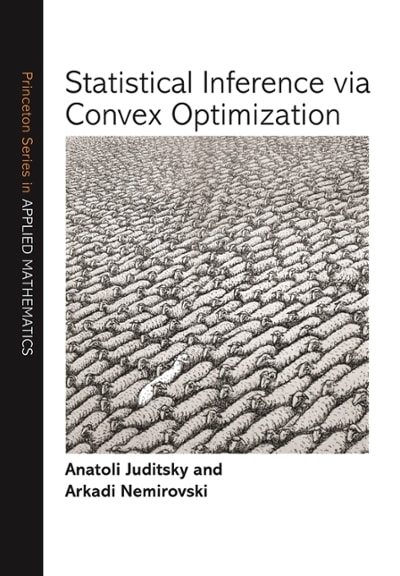Answered step by step
Verified Expert Solution
Question
1 Approved Answer
Sanotronics Simulation with 100 Trials Data Selling Price per Unit Adm/Adv Cost Direct Labor Cost $249 Parts Cost (Uniform Distribution) Lower End Upper End


Sanotronics Simulation with 100 Trials Data Selling Price per Unit Adm/Adv Cost Direct Labor Cost $249 Parts Cost (Uniform Distribution) Lower End Upper End of Lower Bound Upper Bound 10 11 12 13 14 15 16 17 18 19 24 25 115 116 117 118 119 120 121 122 123 124 125 126 127 128 129 130 131 132 133 134 135 Probability 0.1 0.2 0.4 0.2 0.1 of Interval 0.1 0.3 0.7 0.9 Interval 0.1 0.3 0.7 0.9 1.0 (3) Direct Labor Cost per Unit $43 $45 $46 $47 45.00 (4) $100 Demand (Normal Distribution) Expected Direct Labor Cost - Simulation Trials Mean Standard Dev (5) Pans Cost per Unit 98.17 83.90 91.47 80.56 96.95 95.13 95.05 96.44 94.07 91.19 82.74 90.18 15000 4500 (6) Trial 2 3 4 5 95 96 97 98 100 Average (2) Radom Number 0.385 0.528 0.037 0.587 0.087 0.572 0.098 0.024 0.392 0.670 0.381 (7) Cost per Unit Radom Number Radom First-Year Number Demand 45 45 43 45 43 45 43 43 45 45 45 45.0 o. 195 0.574 0.028 0.848 0.756 0.753 0.822 703 0.560 0.137 0.520 0.049 0.963 0.554 0.782 0.066 0.545 0.562 0.335 0.507 0.831 15226 7540 23057 15611 18503 8237 15509 15707 13081 15077 19304 14422.9 Summary Statistics Sample Size Mean Profit Standard Deviation Minimum Profit Maximum Profit Number of Losses Probability of Loss Prob(Profit 500K) 5th Percentile VaR This is the Sanotronics simulation with 100 trials that was covered in the lecture. Here, we want to illustrate how the results can change when different distributions are used for some of the random variables. Suppose the following changes occur in the assumptions. - Parts cost follows a normal distribution with mean of $90 and standard deviation of SIC. - Demand now follows a uniform distribution between 7,500 and 30,000 units. Make the appropriate changes in the Excel sheet. Do not change the given random numbers. Now, what are the a) mean profit (rounded to whole S) b) the probability of loss (in %) and c) value at risk (rounded to whole S)? Remember to give the absolute value. d) Is this more or less risky than the original example? (8) profit 61 11296 (94,372) 176407668 927,051 (103,176) 720,713 720,967 438,028 7007808 113407813 640258.6 100 640,259 515,687 (531,541) 12 0.120 0.59 -149224.7575 149225
Step by Step Solution
There are 3 Steps involved in it
Step: 1

Get Instant Access to Expert-Tailored Solutions
See step-by-step solutions with expert insights and AI powered tools for academic success
Step: 2

Step: 3

Ace Your Homework with AI
Get the answers you need in no time with our AI-driven, step-by-step assistance
Get Started


